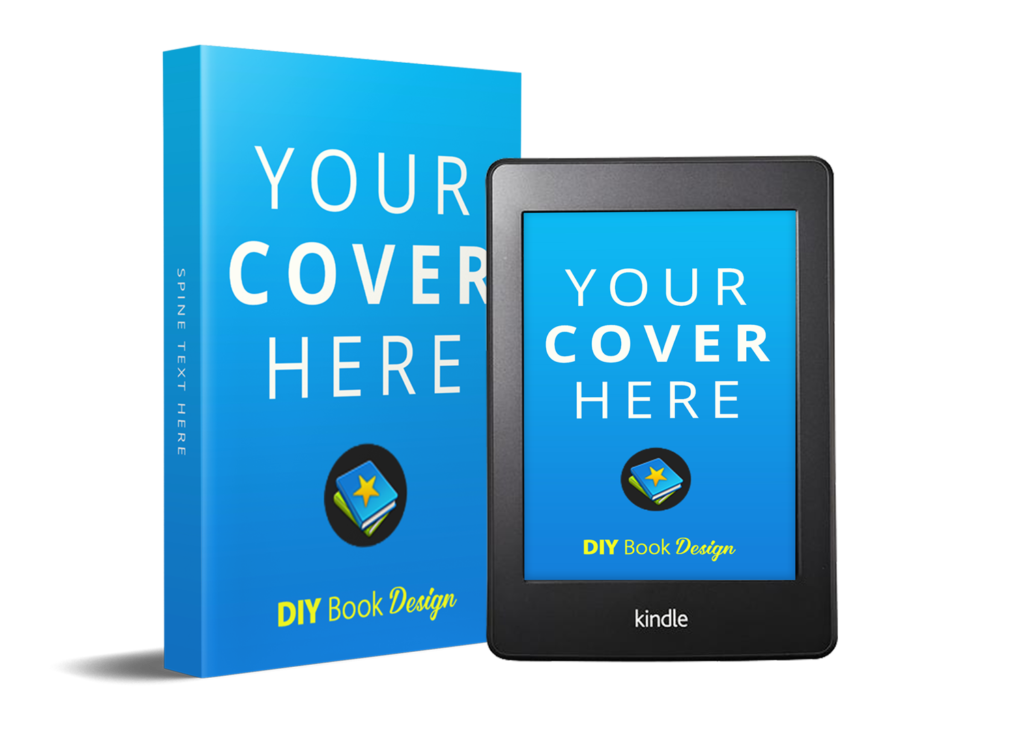For architects, a design is much more than a set of drawings – it’s intellectual property. From concept sketches and CAD drawings to completed buildings, architectural works are automatically protected under Australian copyright law.
Unfortunately, many architects underestimate the risks of copyright infringement, leaving their designs vulnerable to copying or misuse.
In this guide, our architect lawyers explain how copyright protection works for architects, outline common risks, and provide strategies to safeguard your designs.
Key Takeaways
Architectural drawings, plans, and even built works are protected under Australian copyright law.
Copyright infringement can lead to significant financial loss and reputational damage for architects.
Real-world disputes show why architects need clear contracts and proactive legal strategies.
Prosper Law provides legal advice and enforcement strategies to protect architects’ intellectual property rights.

Why Copyright Matters for Architects
Architectural works are unique because they balance creativity with functionality. Copyright protection ensures architects can:
Control how their work is used
Prevent others from copying or reproducing their designs without consent
Monetise their intellectual property through licences or contracts
Without strong legal protections, architects risk losing not only income but also their professional reputation.
Copyright Basics for Architects in Australia
Under the Copyright Act 1968 (Cth), drawings, including architectural drawings, plans and built structures, are protected automatically from the moment they are created.
This means:
No registration is required and protection is automatic
The architect (the creator) usually owns the copyright
Copyright covers both drawings and constructed works
Architects have the exclusive right to:
Reproduce their own drawings, files, or plans
Publish or distribute copies
Authorise others to use their designs
Remember: Copying architectural drawings or replicating a building design without permission constitutes copyright infringement.
Beyond copyright, architects also need to be aware of their moral rights, which protect their reputation and ensure proper attribution for their work.
Common Copyright Risks for Architects
Many copyright disputes in architecture arise because of contracts, clients, and competitors. The main risks include:
Copied drawings: competitors or clients reuse plans without permission.
Replicated designs: distinctive building designs reproduced elsewhere.
Client misuse: clients terminate a contract but continue using the architect’s work.
Unclear contracts: disputes arise when copyright ownership isn’t clearly stated.
Many architects are unsure about who owns copyright and when copyright is licensed, making it critical to have clear agreements in place before starting a project.
Real-Life Example
An Australian architect designed a boutique apartment building. After negotiations fell through, the developer engaged another architect who produced a near-identical design.
The original architect pursued legal action under copyright law and was awarded damages for infringement.
Matters like this highlight the importance of:
Retaining copyright ownership in contracts
Acting quickly when infringement is suspected
Having legal support from firms like Prosper Law
We provide legal advice for architects on intellectual property, including:
Drafting contracts that retain copyright ownership for architects
Advising on licensing agreements when clients need to use designs
Enforcing rights through cease and desist letters or litigation
Defending architects accused of infringement
With Prosper Law, architects can focus on design knowing their intellectual property is protected.
For consultants and architects who regularly engage clients, our consulting contracts eBook is a practical guide to drafting fair, protective agreements.

Frequently Asked Questions (FAQs)
Do architects automatically own copyright in their designs?
Yes. Copyright protection arises automatically under Australian law once a work is created. In many organisations, understanding the ownership of ideas within your organisation is essential (especially when creative professionals develop concepts under employment or contract terms).
Can a client use my drawings if they’ve paid for them?
Not always. Payment does not equal ownership. Without an express agreement, the architect usually retains copyright.
One of the most common disputes in construction projects relates to who owns the plans in a building project – the architect, the client, or the builder.
How can architects prove copyright infringement?
Evidence such as drafts, dates, and project records can demonstrate originality and copying.
If you work in New South Wales, you should also understand how the Design and Building Practitioners Act affects architects and what new compliance obligations it creates.
What should I do if I’ve infringed another architect’s copyright?
If you discover (or are accused) that you’ve used another architect’s design without permission, it’s important to act quickly:
Stop using the infringing material immediately
Seek legal advice
Negotiate a resolution
Avoid further use
Prosper Law can assist architects who are accused of copyright infringement by reviewing claims, advising on defences, and negotiating outcomes that protect your reputation and financial position.
What if two architects design something similar by coincidence?
Infringement requires proof of copying. Independent creation, even if similar, is not a breach.
How can Prosper Law help protect my designs?
Prosper Law reviews contracts, enforces copyright, and represents architects in infringement disputes.
Copyright is a powerful legal tool for architects. By understanding your rights and working with a firm like Prosper Law, you can protect your designs, defend your intellectual property, and ensure your creative work is respected and valued.

